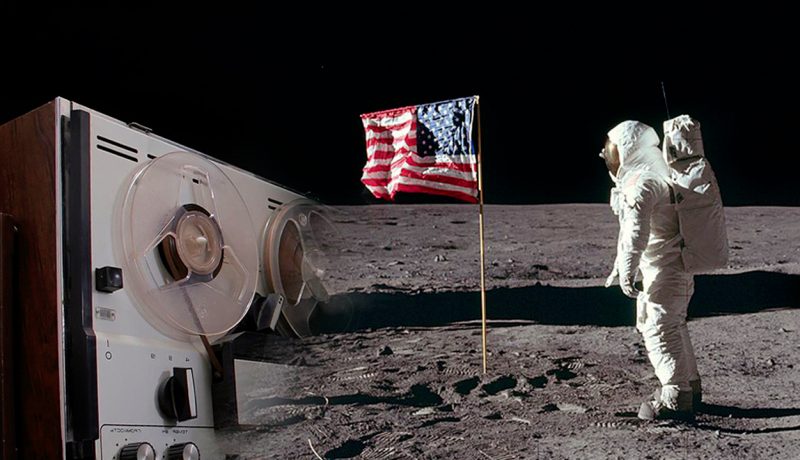When people think about Apollo 11, the names of Neil Armstrong, Buzz Aldrin, and Michael Collins spring to mind, the astronauts who made the mission to the Moon on July 20, 1969.
Thanks to NASA’s recent release of 19,000 hours of taped conversations, the engineers, analysts, supervisors, and experts who worked on the mission come to the fore too. NASA and the University of Texas, Dallas, digitized the conversations for the public to share.
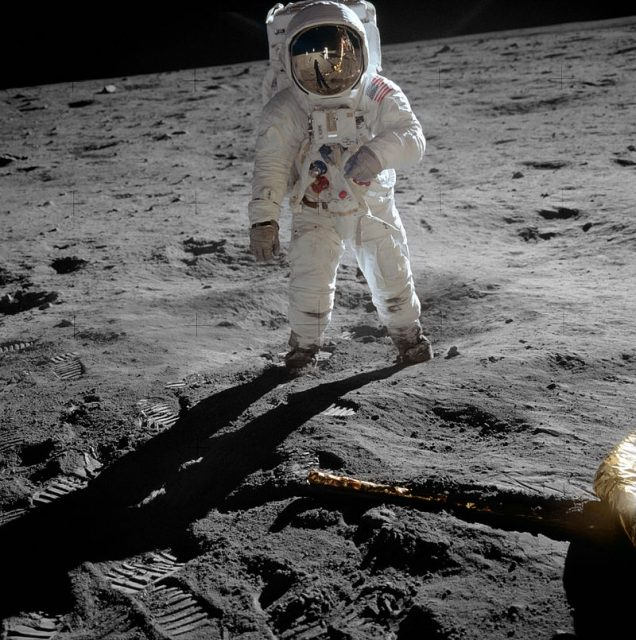
In a NBC interview, Ben Feist, a Toronto-based software engineer who organized the audio for placement on a NASA-sponsored website, said, “The real story is the mission control side of things. How did they do it? How did they send everybody to the Moon?”
John Hansen, a speech researcher at the university and principal investigator for the project, said: “One of the things that comes across is that each of the people working for NASA is proud of what they do. They were always working collaboratively.”
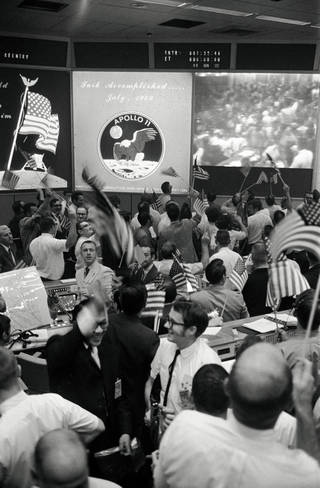
Included are digitized versions of every conversation. Armstrong’s famous line “That’s one small step for man; one giant leap for mankind” and the controller’s “The Eagle has landed” are of course present. But there is much, much more that anyone can listen to.
“Experience is one of the best teachers, so as we continue our work to expand human exploration of our solar system, go back to the moon and on to Mars, we stand on the shoulders of the giants who made Apollo happen.
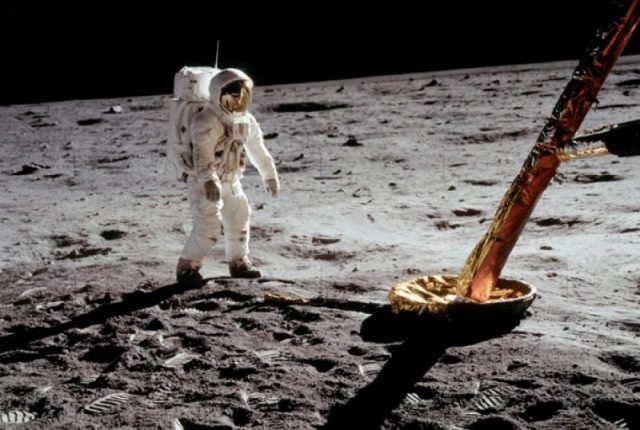
“These tapes offer a unique glimpse into what it takes to make history and what it will take to make the future,” Mark Geyer, director of NASA’s Johnson Space Center said in a statement.
According to a story in The Boston Globe, NASA thought the tapes could provide a new perspective on one of the more frightening moments of the lunar landing, when a computer overload alarm sounded.
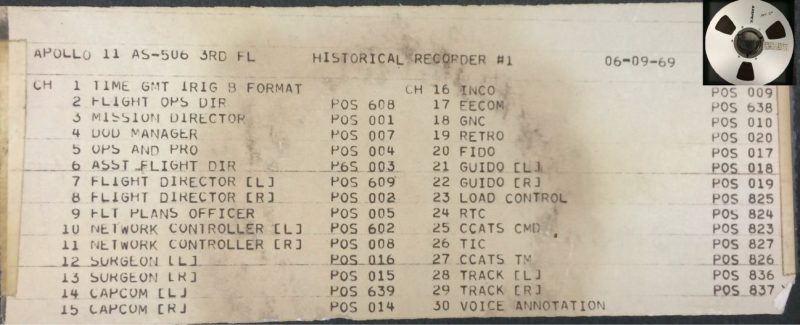
“Program alarm,” Neil Armstrong radioed to mission control when he looked at the readout on his computer console. “It’s a 1202.”
“1202,” Buzz Aldrin echoed.
What did the alarm mean? Should they abort the landing? Despite years of training, the astronauts had never dealt with a 1202 alarm. Neither had some workers back at mission control.
“1202? What’s that?” a voice asked.
NASA Apollo moon landings conspiracies
“It’s executive overflow,” another voice answered, indicating that Eagle’s computer was doing too many things at once, and was postponing its lower-priority tasks. “If it does not occur again, we’re fine.”
They continued to descend.
“Give us a reading on the 1202 program alarm,” Armstrong said.
“Roger, we got you, we’re go on that alarm,” came the reply.
The 1202 alarm did recur. But Armstrong and Aldrin made it to the surface safely.
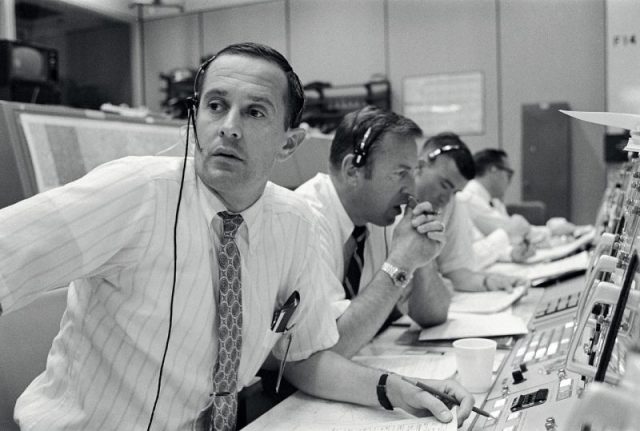
There were many less urgent but rewarding moments captured. Mission Control helped the astronauts feel connected to the news on Earth, and not just major stories. One news roundup they read to the astronauts ended with a story about an oatmeal-eating contest.
“I’d like to enter Aldrin in the oatmeal-eating contest,” says Collins. “He’s on his 19th bowl.”
The Apollo Control Room, now being restored, had 20 computer consoles arranged in four rows, facing large screens displaying information. Lots of people in other rooms, all connected via headsets, supported the mission.
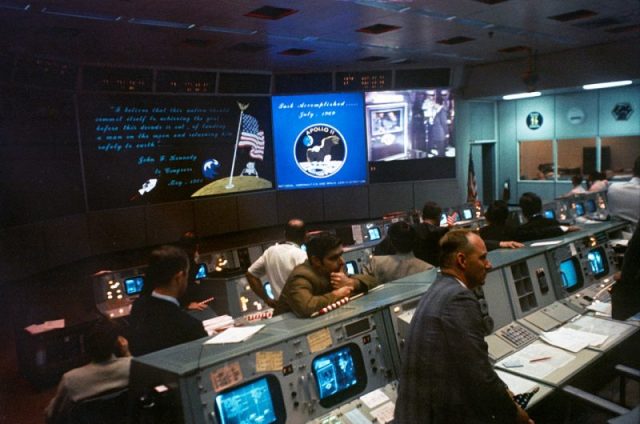
To digitize the recordings, a team ordered a custom-built read head that allowed all 30 tracks to be played back at the same time. This shaved the digitization time down to four months. But it would take a long, long time to listen to all the mission recordings.
NASA has uploaded the tapes to the Internet Archive, a nonprofit website that hosts cultural artifacts in digital form.
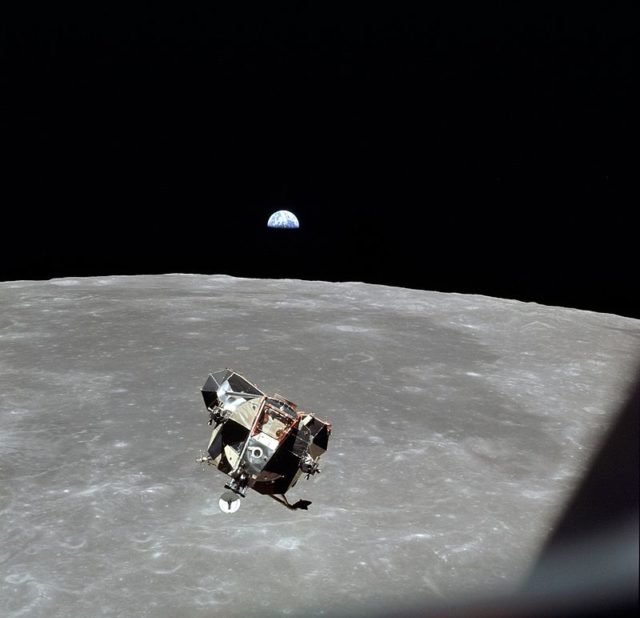
Greg Wiseman, a NASA engineer who worked on the project, told NBC the goal is to identify all the voices on the tapes and pay tribute to all the people who helped orchestrate one of humanity’s biggest moments.
Read another story from us: The Tragedy of the First Apollo Mission to Space
“Once the audio gets out there, maybe people will say, ‘Hey, that was my Dad, or that was my Granddad,'” he said.
Nancy Bilyeau, a former staff editor at Entertainment Weekly, Rolling Stone, and InStyle, has written a trilogy of historical thrillers for Touchstone Books. For more information, go to www.nancybilyeau.com.
